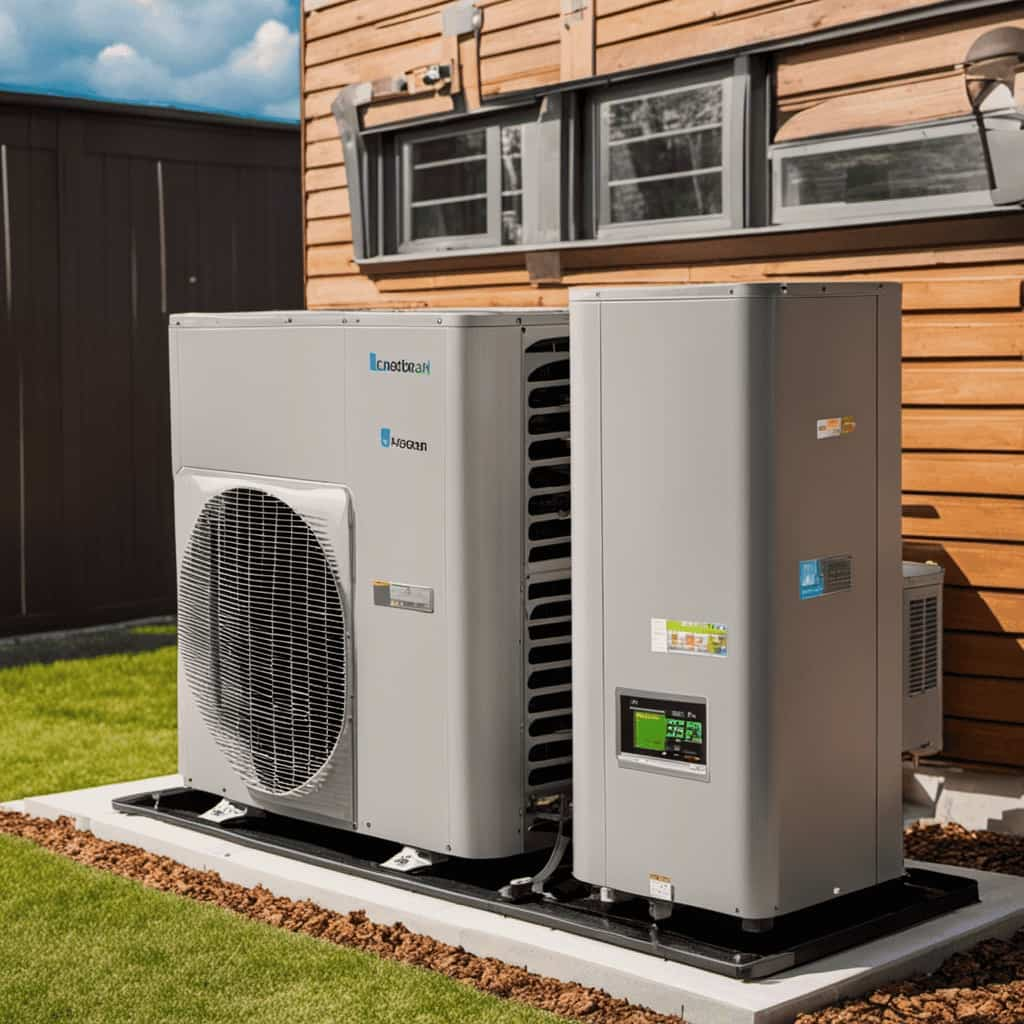We have found a revolutionary solution for heating and cooling that is eco-friendly and budget-friendly. By transitioning away from conventional methods and adopting environmentally friendly heat pump techniques, we can decrease our impact on the environment and cut down on energy costs.
Take, for example, a recent case study where a homeowner switched to a heat pump system and decreased their energy consumption by 50%.
In this article, we’ll explore the benefits, energy efficiency tips, sustainable materials, and innovative technologies that make eco-friendly heat pump practices the smarter choice for a greener future.
Key Takeaways
- Eco-friendly heat pump practices offer significant energy savings potential.
- Heat pumps have a highly efficient heat transfer process, leading to lower energy consumption and utility bills.
- Choosing sustainable materials and implementing sustainable maintenance practices can help reduce the environmental impact of heat pump systems.
- Innovations in green heat pump technologies, such as variable-speed compressors and smart controls, provide enhanced energy efficiency and contribute to environmental preservation.
Benefits of Eco-Friendly Heat Pump Practices
We have found several significant benefits of adopting eco-friendly heat pump practices.
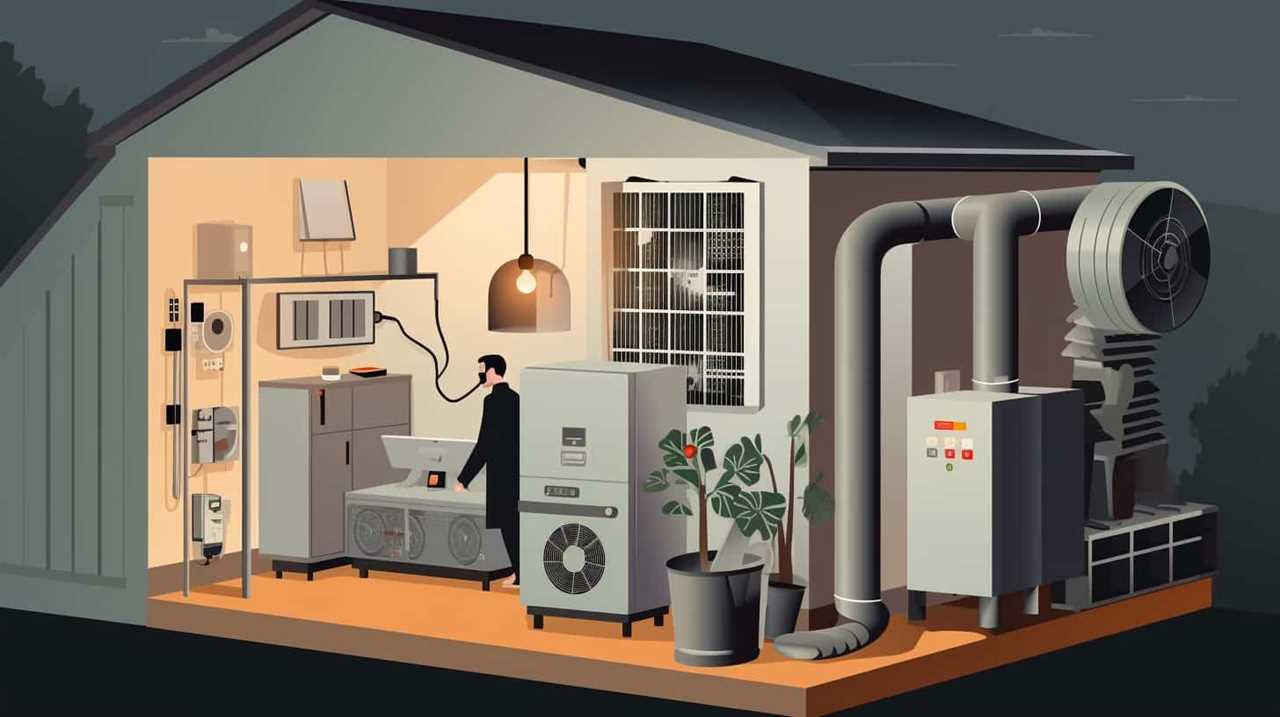
One of the most notable advantages is the potential for significant energy savings. Heat pumps are highly efficient, using a small amount of electricity to transfer heat from the air or ground to heat or cool a space. This not only reduces energy consumption but also lowers utility bills.
Additionally, eco-friendly heat pump practices have a positive environmental impact. By relying on renewable energy sources, such as the heat in the air or ground, heat pumps produce fewer greenhouse gas emissions compared to traditional heating systems. This helps to combat climate change and reduce our carbon footprint.
Energy Efficiency Tips for Heat Pump Installation
Let’s explore some energy efficiency tips for heat pump installation.
When it comes to energy saving techniques, there are several cost-effective solutions to consider.

First, make sure to choose the right size heat pump for your space. An undersized pump will struggle to meet your heating and cooling needs, while an oversized one will waste energy.
Next, insulate your home properly to minimize heat loss and maximize efficiency. Sealing air leaks and adding insulation to walls, floors, and ceilings will prevent energy loss.
Additionally, consider installing a programmable thermostat to control your heat pump’s operation and optimize energy usage.
Finally, regular maintenance is crucial for optimal performance. Clean or replace filters, check for refrigerant leaks, and ensure proper airflow.
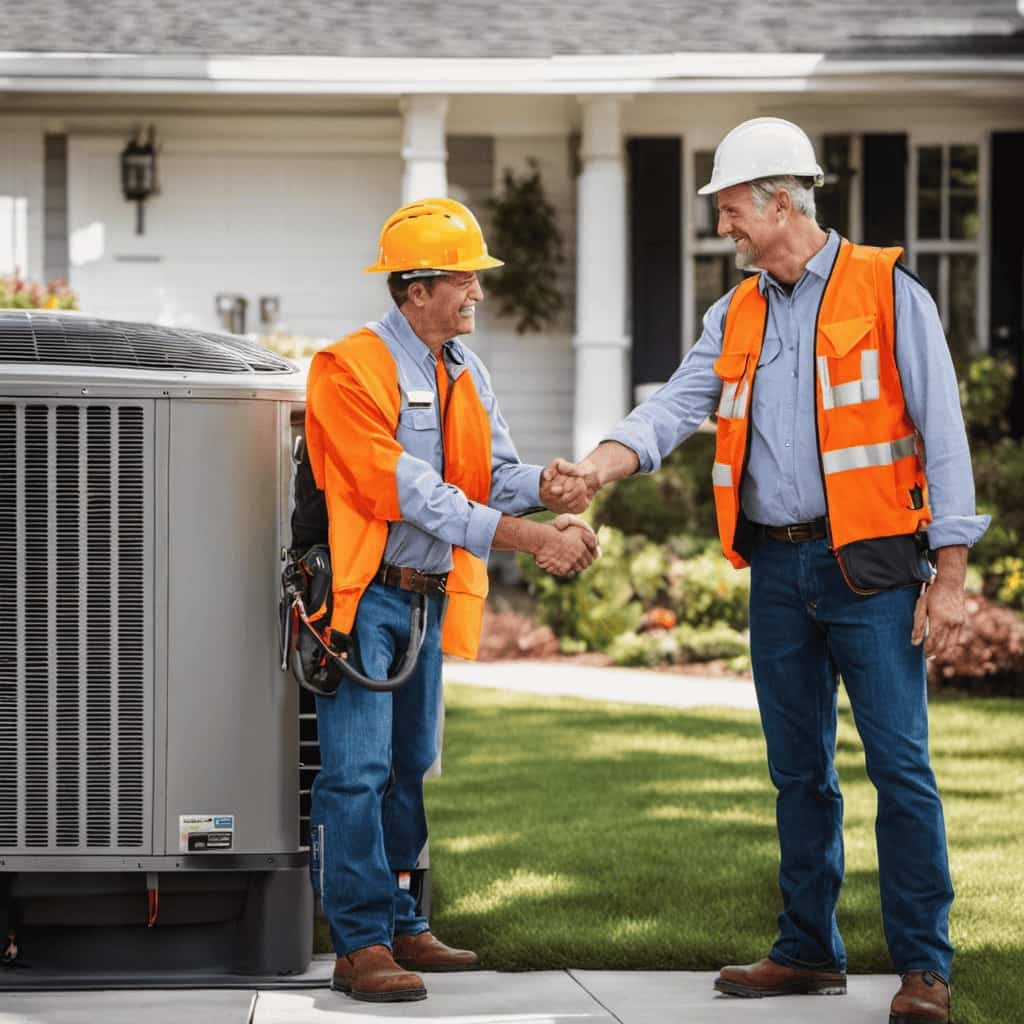
Sustainable Materials for Heat Pump Systems
Using sustainable materials is essential for ensuring the eco-friendliness of our heat pump systems. By incorporating renewable energy sources and implementing sustainable maintenance practices, we can reduce the environmental impact of heating and cooling our homes.
One key aspect of sustainable materials for heat pump systems is the use of refrigerants with low global warming potential (GWP). These refrigerants have a reduced impact on climate change compared to traditional refrigerants. Additionally, using materials with high thermal efficiency, such as insulation and heat exchangers, helps to maximize the energy efficiency of the system.
To further illustrate the importance of sustainable materials, here is a table showcasing some examples:
| Sustainable Materials | Benefits |
|---|---|
| Low GWP refrigerants | Reduced climate impact |
| High thermal efficiency materials | Improved energy efficiency |
| Recycled or recyclable components | Reduced waste and resource consumption |
| Locally sourced materials | Lower transportation emissions |
Steps to Reduce Carbon Footprint in Heat Pump Operations
To effectively reduce our carbon footprint in heat pump operations, we can implement three key steps:

-
Optimizing system efficiency: This involves regular maintenance to ensure that the heat pump operates at its highest efficiency levels. Tasks such as cleaning and replacing filters, checking and adjusting refrigerant levels, and inspecting electrical connections can help improve efficiency.
-
Minimizing refrigerant leakage: Refrigerants used in heat pumps have a high global warming potential. Regular leak inspections and repairs can significantly reduce emissions. It is crucial to address any leaks promptly to minimize environmental impact.
-
Promoting proper disposal of old equipment: When old heat pump equipment is replaced, it is important to ensure that harmful refrigerants are safely removed and recycled. Proper disposal methods help prevent these substances from entering the atmosphere and causing environmental harm.
Additionally, considering carbon offsetting and transitioning to renewable energy sources for powering heat pumps can further reduce our carbon footprint. By implementing these steps, we can make significant progress in reducing the environmental impact of heat pump operations.
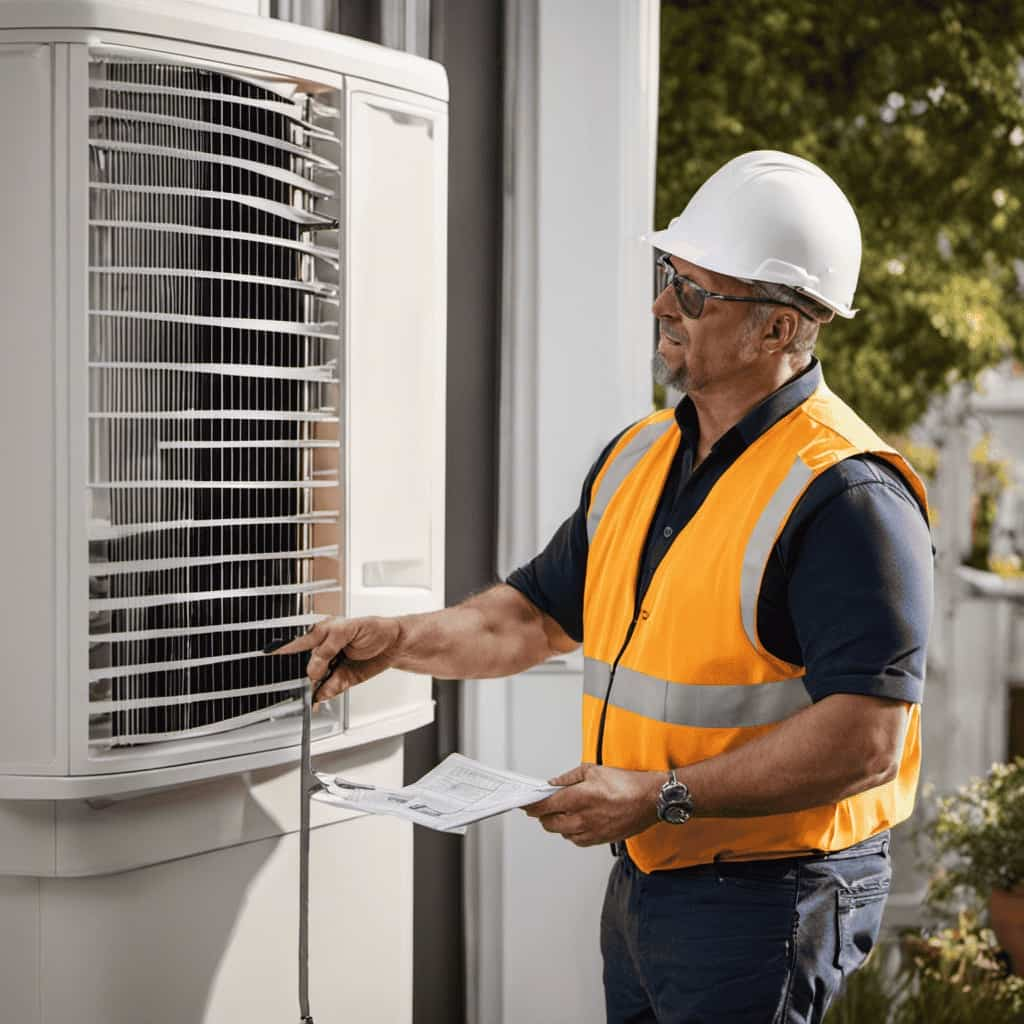
Transitioning to the subsequent section about ‘innovations in green heat pump technologies’, let’s explore the latest advancements that are pushing the boundaries of eco-friendly heating and cooling solutions.
Innovations in Green Heat Pump Technologies
The latest innovations in green heat pump technologies are revolutionizing the way we heat and cool our spaces. These advancements aren’t only environmentally friendly but also offer cost-effective solutions for heating and cooling systems.
Here are some of the key advances in heat pump technology:
-
Variable-speed compressors: These compressors can adjust their speed to match the heating or cooling demand, resulting in improved energy efficiency and enhanced comfort.

-
Smart controls: Integrated with advanced algorithms, smart controls optimize the operation of heat pumps by analyzing weather forecasts, building occupancy, and user preferences.
-
Hybrid heat pumps: Combining the benefits of heat pumps and traditional heating systems, hybrid heat pumps offer flexibility and efficiency, automatically switching between heat sources based on outdoor temperatures.
-
Geothermal heat pumps: Utilizing the earth’s constant temperature, geothermal heat pumps extract heat in the winter and release heat in the summer, providing highly efficient heating and cooling throughout the year.
These innovations in green heat pump technologies are paving the way for more sustainable and efficient heating and cooling solutions.
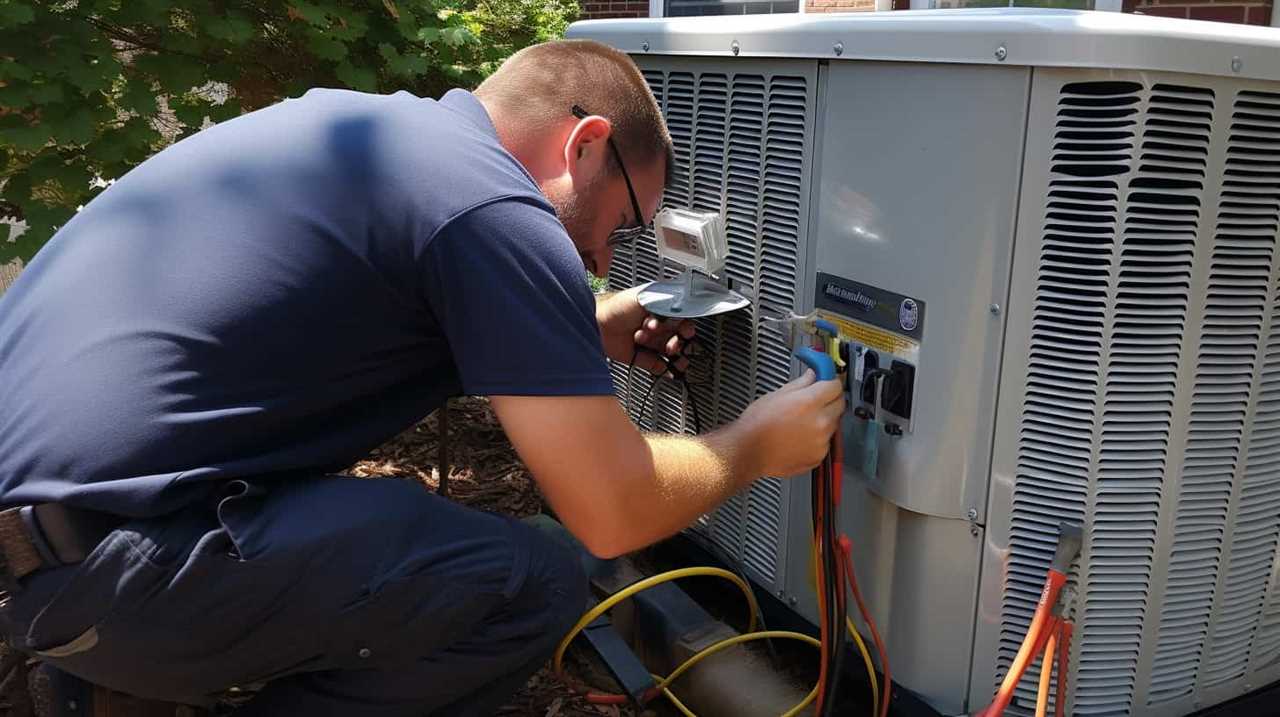
Frequently Asked Questions
How Much Money Can I Save by Switching to Eco-Friendly Heat Pump Practices?
By switching to eco-friendly heat pump practices, we can save a significant amount of money through improved energy efficiency benefits. Additionally, we reduce our environmental impact by using renewable energy sources and reducing carbon emissions.
Are There Any Government Incentives or Rebates Available for Installing Eco-Friendly Heat Pumps?
Government incentives and rebates are available for installing eco-friendly heat pumps. These incentives can help offset the cost of the installation and make it more affordable for homeowners. It’s a win-win for the environment and our wallets.
Can I Install a Heat Pump in an Older Home, or Is It Only Suitable for New Construction?
Yes, you can install a heat pump in an older home. It is possible to retrofit heat pumps in existing houses. This allows for the benefits of eco-friendly heating and cooling in older, non-new construction homes.
How Long Does a Heat Pump Typically Last, and What Maintenance Is Required?
Heat pumps typically last 15-20 years with proper maintenance. Regular cleaning, filter replacement, and annual professional inspections ensure optimal performance. Think of it as giving your heat pump a check-up to keep it running smoothly and efficiently.

Are There Any Limitations or Drawbacks to Using Eco-Friendly Heat Pump Practices?
Limitations and drawbacks to eco-friendly heat pump practices may include higher upfront costs, the need for adequate insulation, and potential noise levels. However, the long-term benefits of increased energy efficiency make it a worthwhile investment.
Conclusion
In conclusion, embracing eco-friendly heat pump practices isn’t only beneficial for the environment, but also for our wallets.
By prioritizing energy efficiency, using sustainable materials, and reducing our carbon footprint, we can save both money and the planet.
And let’s face it, who doesn’t want to be a responsible and sophisticated heat pump owner?
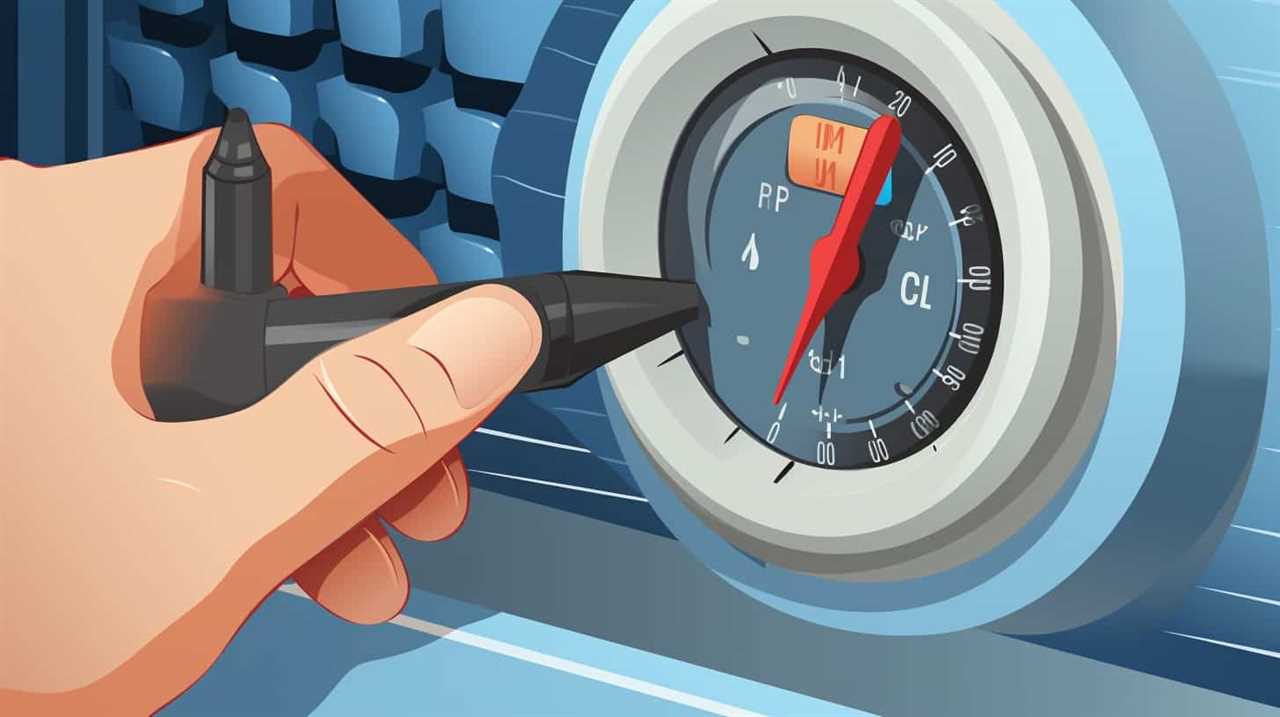
So let’s ditch the traditional methods and embrace the innovative green technologies available to us.
It’s time to heat our homes with style and sustainability!
